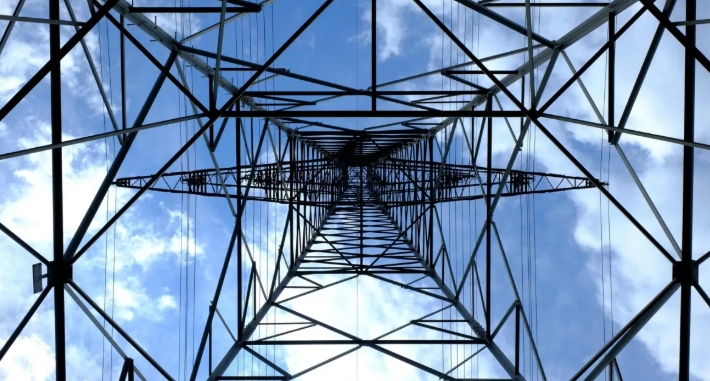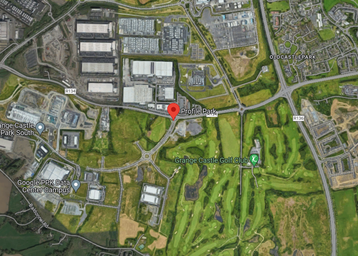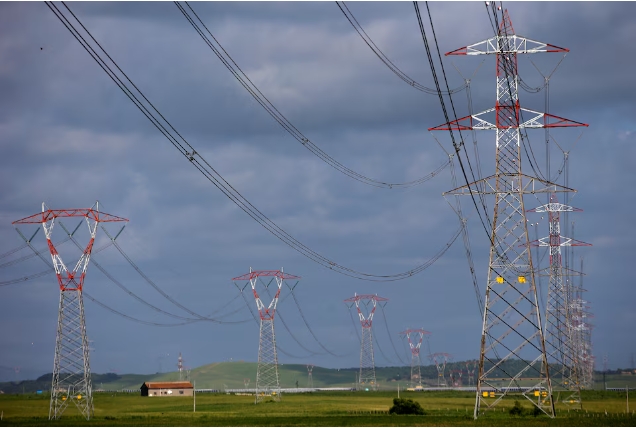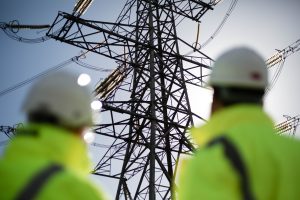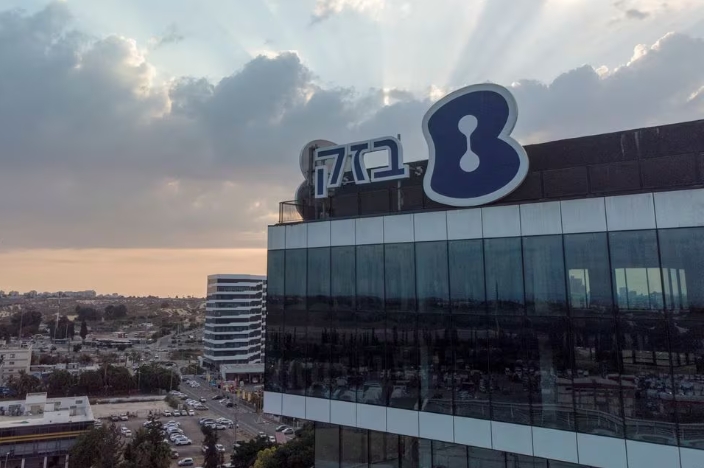Japan suffered its worst energy crisis since the war after a March 2011 quake and tsunami led to a three-reactor meltdown at the Fukushima site, spewing radiation that forced 160,000 people to flee.
The plan to be submitted on Monday could take to 26 the units set to be decommissioned by Japanese nuclear operators, or nearly half their pre-disaster fleet, while Tepco will be left with two of its 17 units before the Fukushima disaster.
Nuclear power met about 30% of Japan’s electricity requirements before the March 2011 tsunami, but the eventual shutdown of all its reactors forced record imports of thermal coal and liquefied natural gas to replace the lost capacity.
Tepco’s president will meet authorities in the city of Kashiwazaki-Kariwa in Niigata prefecture, where the station is located, to explain the utility’s response to a request to mothball the five reactors, spokeswoman Emi Iwasa told Reuters by telephone.
Iwasa declined to provide any further comment.
Tepco has been trying to convince local authorities, who have sign-off rights on restarts, that it has overcome operational failings revealed at Fukushima and is competent to safely restart a reactor at Kashiwazaki-Kariwa.
The plant, north-northwest of Tokyo, was damaged in an earthquake in 2007 that led to a small release of radiation and residents are wary of any restart.
Three of the reactors have been shut since the 2007 quake and the other four were idled in the months after the Fukushima disaster.
Two of Kashiwazaki Kariwa’s reactors, the newest, have been won initial approval from regulators to restart, but prefectural authorities are carrying out an inquiry into Tepco’s handling of Fukushima before they agree to any restart.
City officials at Kashiwazaki Kariwa want Tepco to shut units 1 to 5 in return for restarting reactors No.6 and No.7, media have said.
A Reuters analysis late last year showed it was unlikely that the five units would ever restart.
Japan has six operating reactors, many of which are still going through a relicencing process under new safety standards imposed after the disaster highlighted regulatory and operational failings.
In 2016, the government estimated a total cost of about $200 billion for dismantling Fukushima Daiichi, decontaminating the affected areas, and paying compensation.
